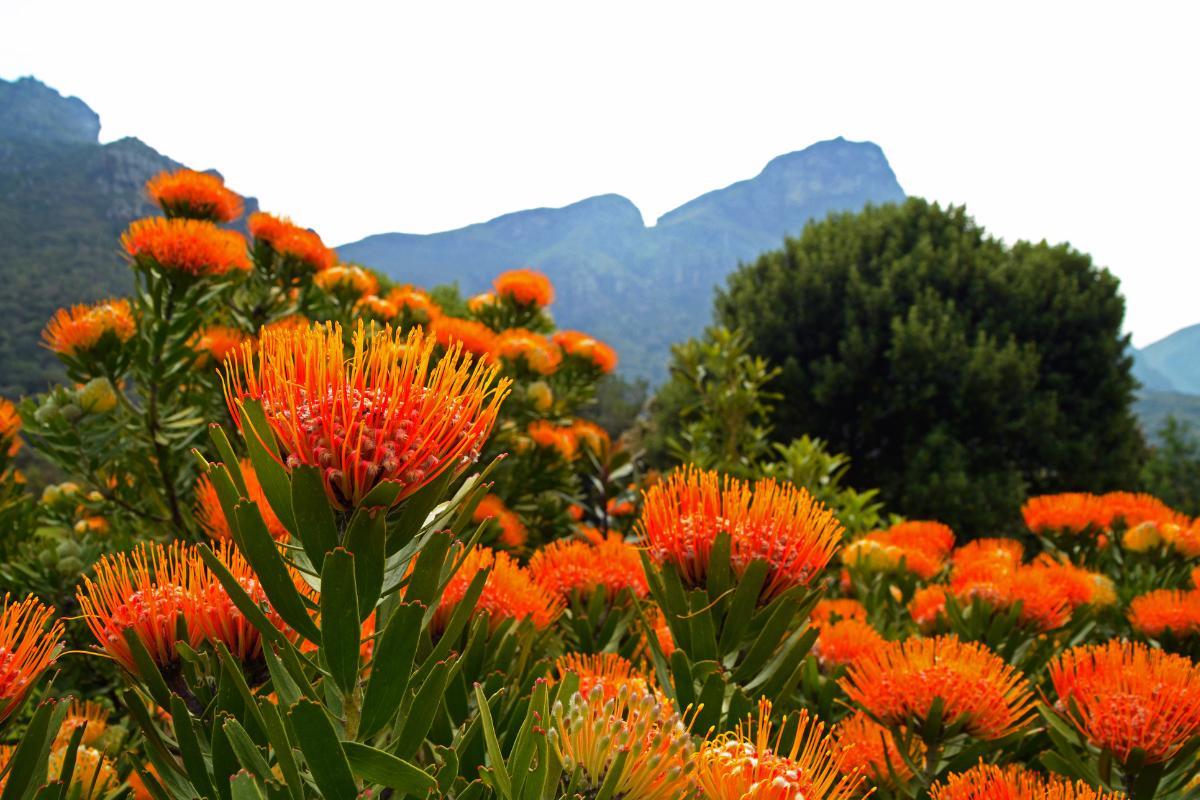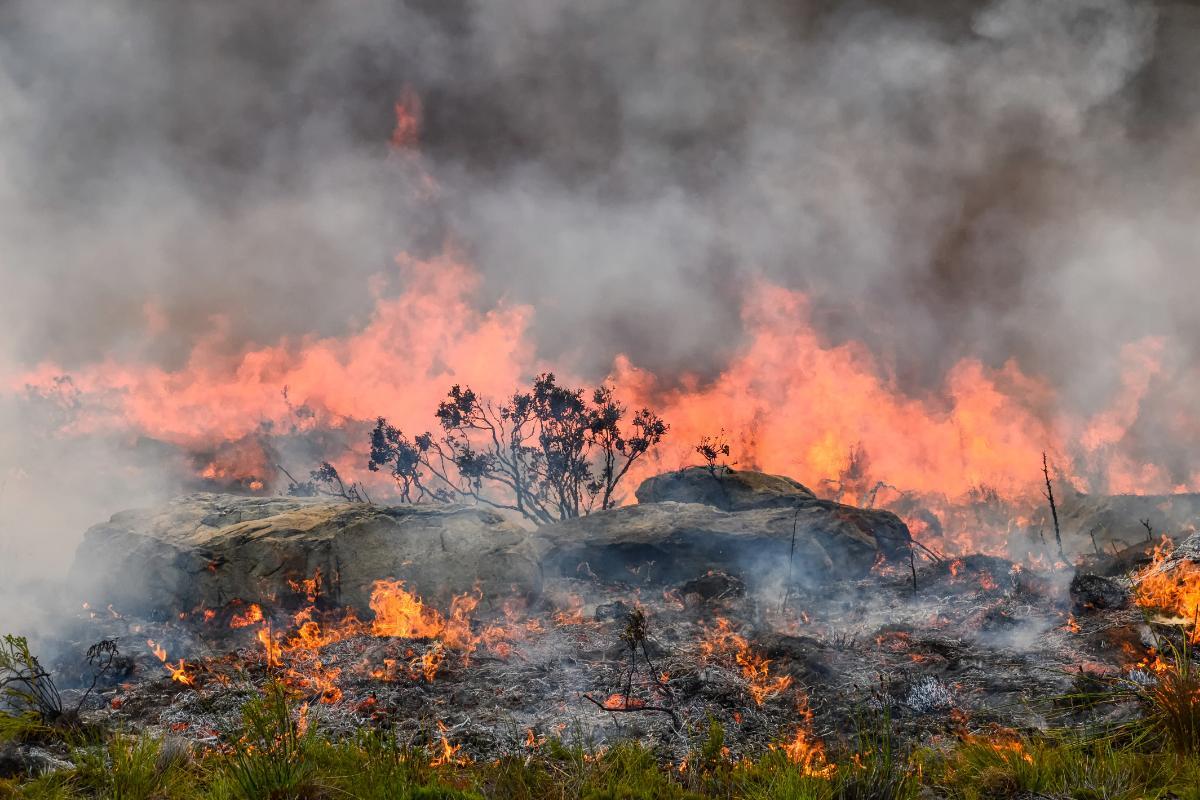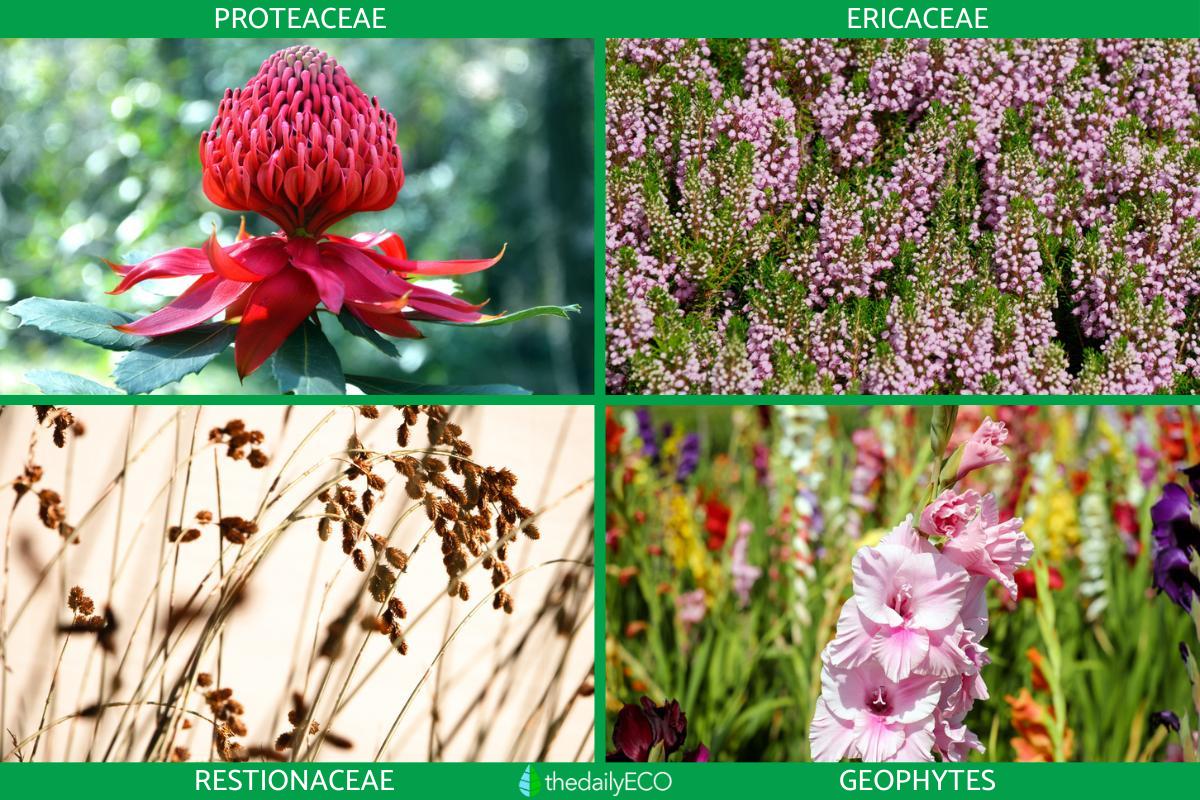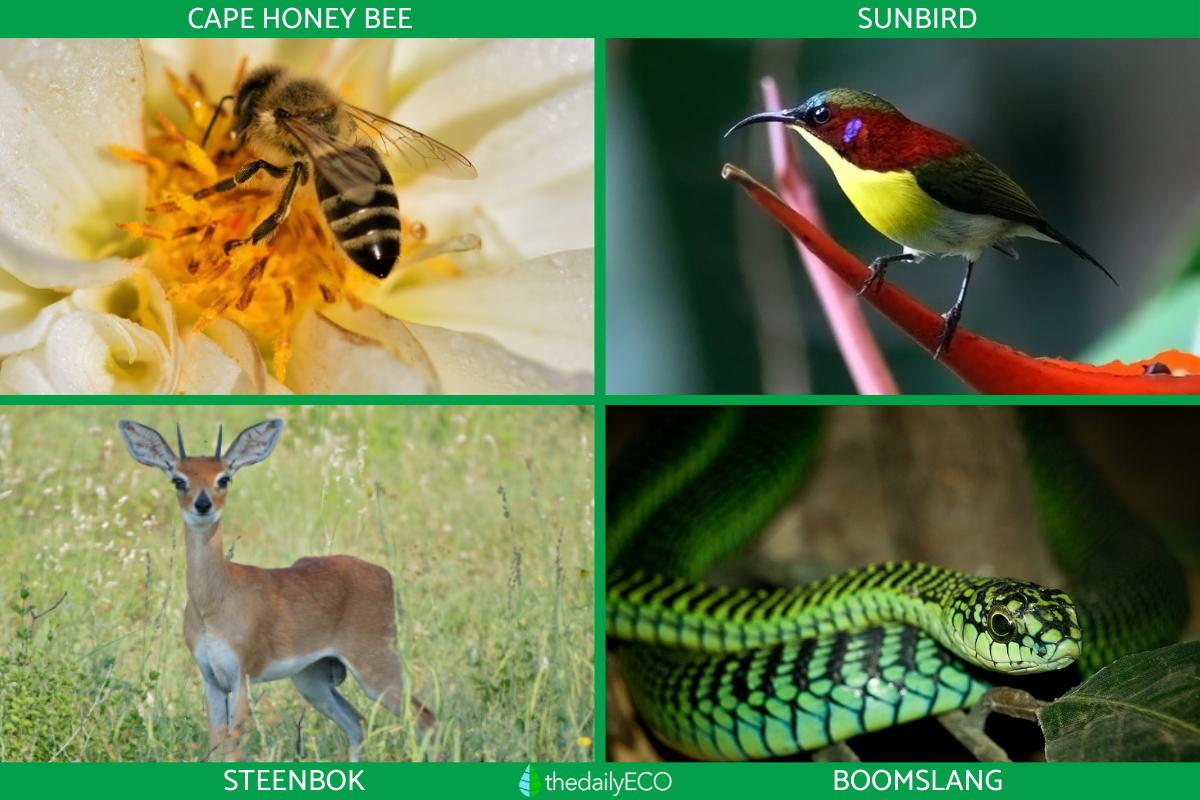What Is the Fynbos Biome?


Fynbos is the term for a type of vegetation characteristic of the southwestern region of South Africa, known for its extraordinary biodiversity and adaptations to its Mediterranean climate. This ecosystem is part of the Cape Floral Kingdom. It is one of the world's six floral kingdoms and is home to a rich variety of flora and fauna. In this thedailyECO article, reveal more about this beautiful and diverse geographical area by asking what is the fynbos biome?
What is the fynbos biome?
Fynbos is a type of unique vegetation which is located mainly in the southwestern region of South Africa. Known as the Cape Floral Kingdom, this ecological area is a biome as defined by its distinct flora, fauna and climate. The Cape Floral Kingdom is one of the world's six floras and is home to extraordinary biodiversity. The term fynbos comes from Afrikaans and means ‘fine thicket’, referencing the thin, pointed leaves of many of its plants.
Among the characteristics of the fynbos biome we can see:
Species diversity
One of the most impressive features of fynbos is its biodiversity. Despite occupying a relatively small area, it has more than 9,000 species of plants, of which approximately 70% are endemic. This means they are not found naturally anywhere else in the world.
Learn more about this categorization with our article asking what are the three types of species diversity?
Types of vegetation
The fynbos biome is made up of various types of vegetation, but is particularly noted for its shrubs and herbaceous plants. Some of the most representative plants are from the families Proteaceae, Ericaceae and Restionaceae. These plants have developed special adaptations to survive in nutrient-poor soils, as well as the Mediterranean climate with dry summers and rainy winters.
Adaptations to fire
Fires are a natural and necessary element of the fynbos ecosystem, as many plants have evolved to regenerate after fires. Some seeds require the heat of fire to germinate, while other plants sprout quickly after being burned.
Discover more about how plants and fire interact with our article on types of pyrophytic plants.
Soils and climate
Fynbos vegetation grows in sandy and nutrient-poor soils. The climate is typically Mediterranean, with rainy winters and dry summers. This combination of factors creates a challenging environment for plants, but has also led to the evolution of highly specialized flora.

Flora of the fynbos biome
The fynbos flora is one of the most complex aspects of this biome, standing out for its diversity, adaptations and beauty. These are the main plant groups that are found in these ecosystems:
- Proteaceae: this group includes plants from the genera Protea, Leucospermum and Leucadendron. Proteas are perhaps the most iconic of fynbos, with their large, showy flowers that attract a variety of pollinators. These plants have tough, leathery leaves that help conserve water in the dry climate. Discover more about the types of pollinators with our related guide.
- Ericaceae: commonly known as heaths or the heather family, these plants are another key component of fynbos. With more than 600 species in this region, heaths come in a wide variety of shapes and colors, often with bell-shaped flowers. These plants usually grow in higher areas and are especially adapted to acidic and nutrient-poor soils.
- Restionaceae: plants of the family Restionaceae are reed-like plants that form an essential part of the fynbos vegetation. They have a grassy appearance and play an important role in the structure of the ecosystem. They are fire resistant and their rhizomes help prevent soil erosion.
- Geophytes: these plants have underground bulbs or tubers that allow them to survive extreme conditions. They include species of lilies, gladioli and amaryllis, all of which bloom spectacularly after winter rains. These are also characteristic plants of the steppe biome.
As we have mentioned before, plants have special adaptations to survive in this type of ecosystems such as:
- Adaptation to fire: some plants have seeds that only germinate after being exposed to the heat of fire or smoke. Others, such as proteas, have woody structures that protect the seeds even after a fire.
- Water conservation: fynbos plants have developed small, leathery leaves, often covered with a waxy coating. This helps to reduce water loss. Many also have deep root systems to access groundwater.

Fauna of the fynbos biome
This biome is home to a variety of animals adapted to the specific conditions of the fynbos, from small insects to larger mammals:
Insects
- Pollinators: pollinating insects are essential for the reproduction of many fynbos plants. Bees, butterflies, beetles and flies are common in this region. In particular, Cape honey bees are native to this area and play a crucial role in pollination.
- Beetles: there is a remarkable diversity of beetles in the fynbos, many of which are endemic. These insects not only help in pollination, but also play important roles in the decomposition and recycling of organic matter.
- Ants: Fynbos ants have a symbiotic relationship with many plants. Some species of ants help in seed dispersal, which is vital for the regeneration of certain plants. Check out our article to learn about the anatomy of the ant.
Birds
- Sunbirds: sunbirds are perhaps the best known of the fynbos birds. These small, brightly colored birds are similar to hummingbirds. They feed on the nectar of flowers such as proteas and heaths. Among them, the southern double-collared sunbird (Cinnyris chalybeus) stands out.
- Sugarbirds: a notable example is the Cape sugarbird (Promerops cafer). They are fynbos specialists and feed almost exclusively on nectar from native plants. They have long, curved tails that allow them to maneuver through dense fynbos clumps.
Mammals
- Rodents: small rodents such as the Cape spiny mouse (Acomys subspinosus) are common in fynbos biomes. These animals have adaptations that allow them to survive in an environment with limited food resources.
- Small antelopes: antelopes such as the Cape grysbok (Raphicerus melanotis) and steenbok (Raphicerus campestris) are found in the fynbos. These animals are small and well adapted to moving through dense vegetation.
- Carnivores: although less common, some carnivores such as the caracal (Caracal caracal) and the white-tailed mongoose (Ichneumia albicauda) inhabit the fynbos, hunting small mammals and birds.
Reptiles and amphibians
- Lizards: lizards are abundant in the fynbos. Species such as the southern rock lizard (Australolacerta australis) have adapted well to rocky and arid conditions.
- Snakes: although many fynbos snakes are harmless, some venomous ones such as the boomslang (Dispholidus typus) or puff adder (Bitis arietans) are present and well adapted to this environment.
- Frogs: although less visible, frogs are also part of the fynbos fauna. The western leopard toad (Sclerophrys pantherina) is an endangered species that lives in wet areas of the fynbos.
Like flora, fauna has also adapted to special conditions in order to survive. Among these adaptations we find:
- Adaptations to fire: fynbos fauna has also developed adaptations to survive fires. Many species have strategies to escape fire, such as digging burrows or flying to safe areas.
- Specialized diet: most fynbos animals have specialized diets that depend on the local flora. Pollinators feed on the nectar of specific flowers, while small herbivores consume the leaves and seeds of fynbos-adapted plants.
After having learned all this about what the characteristics, flora and fauna of the fynbos, you may want to learn more about this geographical area by finding out the difference between a cape and a gulf.

If you want to read similar articles to What Is the Fynbos Biome?, we recommend you visit our Ecosystems category.
- Proteaceae: the fynbos flowers used in some floral arrangements. THE TABLE BLOG.
https://www.elblogdelatabla.com/proteaceas-flores-fynbos-arreglos-florales/ - Marañón, Teodoro; Ojeda Copete, Fernando. 1997. Surviving by fire: fynbos plants in South Africa.
http://hdl.handle.net/10261/47896 - A plant paradise. WWF (World Wildlife Found).
https://wwf.panda.org/discover/knowledge_hub/where_we_work/fynbos/








